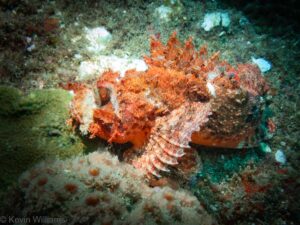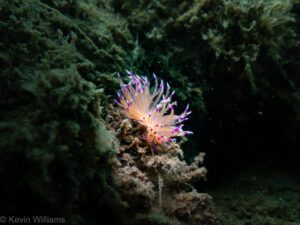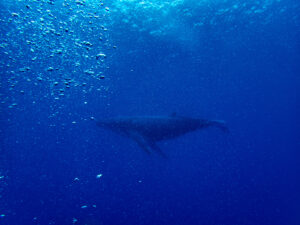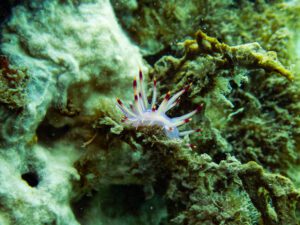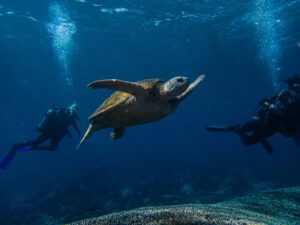As I wrote briefly about in my Bruny Island entry, we observed fossils on our last day of walking on the Cape Queen Elizabeth track. Having looked into this more closely, I believe these are paleodictyon fossils.
See the wikipedia entry here, and the pbs youtube video about them here.
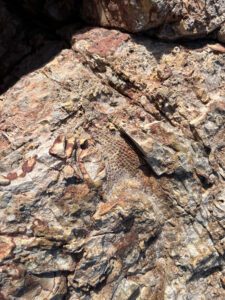
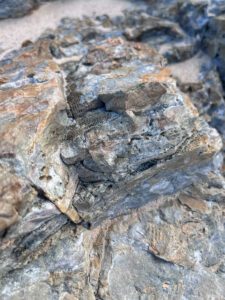
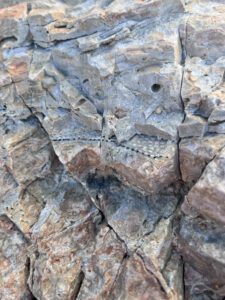
It appears to me that these might be impressions of paleodictyon as they are the inverse of other images I have seen on the web, regardless, they otherwise look very similar. I initially thought that these rocks were the dolerite that is common around here, but now having read more about the fossils I believe they are sandstone, (or mudstone) which is also present nearby. Apparently, they are found in these sorts of sedimentary layers, especially mudstone which was formed by turbidity flows. I recall hearing about a turbidity flow event occurring in recent years off the Indian sub-continent.
It is incredible that these date back to the Precambrian/early Cambrian (see Wikipedia) period, which I understand to be around 500 million years ago, before the dinosaurs! Seeing these fossils, and knowing this information about their age is incredible, those creatures left their mark on the world half a billion years ago, and it is still evident, and will continue to be so for a long time to come, regardless of what we hominids do to the planet.
Paleodictyons are also trace fossils meaning that they are traces of biological activity rather than the remains of an actual creature itself. So fossil footprints are trace fossils. Trace fossils can also be fossil poo (coprolites).

